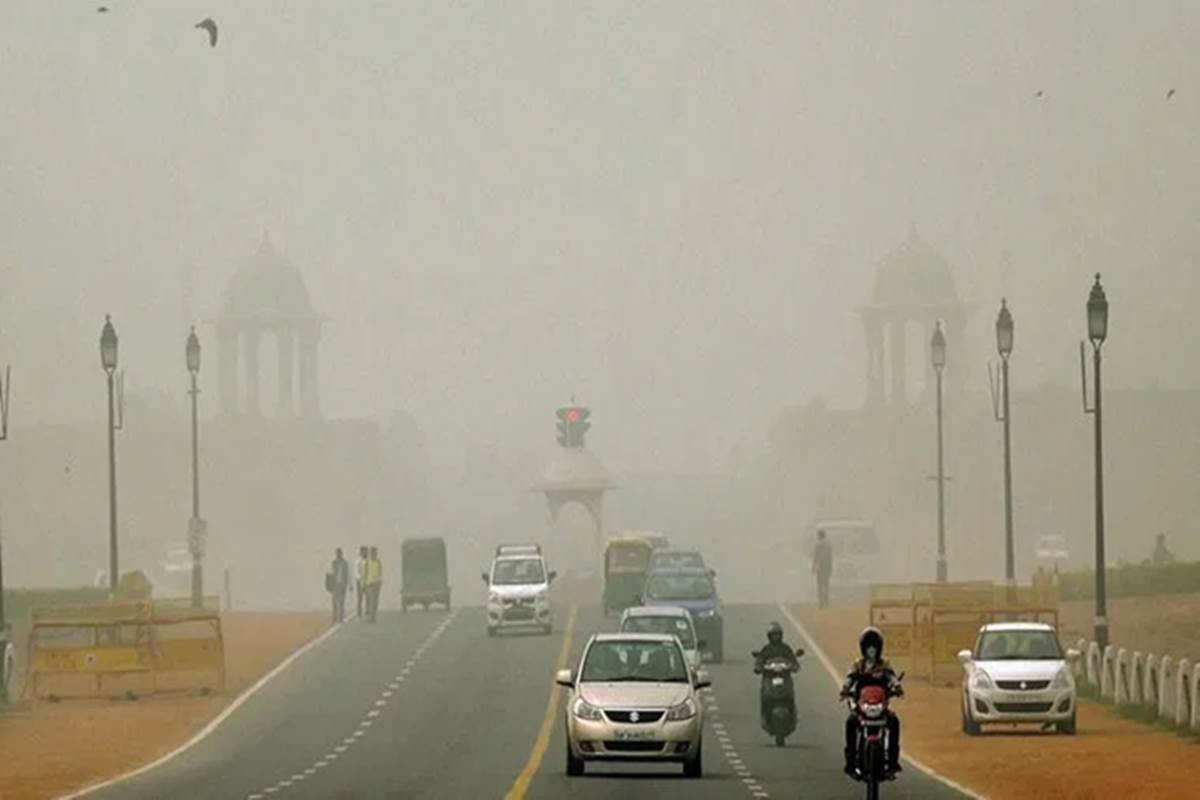
Air quality dips further in Delhi-NCR, intensity of rains deciding factor

Pollution levels in Delhi-National Capital Region increased marginally on Tuesday (November 26), mainly due to slow wind speed, while the situation in the next 48 hours depends on the intensity of rains, officials said.
The overall air quality index (AQI) in the city read 270 at 4 pm on Tuesday, up from 252 at 4 pm on Monday. Nehru Nagar was the most-polluted area with an AQI of 330 and Dilshad Garden (163) the least polluted. Neighbouring Ghaziabad (300), Greater Noida (268), Gurgaon (186) and Noida (259) also recorded a marginal dip in air quality.
An AQI between 201 and 300 is considered poor, 301-400 very poor and 401-500 severe. Weather experts said slow surface winds led to accumulation of pollutants on Tuesday and the intensity of rains will be the deciding factor on Wednesday. If sufficient rains occur on Wednesday, the pollutants will be washed away, while scanty rains could prove counter-productive, they said.
Kuldeep Srivastava, a senior scientist at the India Meteorological Department (IMD), said “sufficient rains” in Punjab and Haryana have impacted the number of farm fires. “Easterly and southeasterly winds are blowing in the region, reducing the impact of stubble burning further,” he said.
So whatever pollution is left, it’s because of local sources, he said. The government’s air quality and monitoring service SAFAR said, “There is a possibility of scattered rainfall on Wednesday which may improve AQI (if sufficient rain occurs).”
The AQI is likely to improve marginally to moderate category. A slight decline is predicted for Thursday. “The fire count is 554. The transport-level winds are southeasterly and not favourable for plume transport. No significant stubble impact is expected for the next two days,” it said.
Skymet Weather, a private forecaster, said patchy rains are possible over Delhi and NCR. Parts of Haryana, Punjab and Uttar Pradesh will also get scattered rains on Wednesday. “Pollution in Delhi and NCR is increasing once again. It may increase further in the next 48 hours,” it said.

